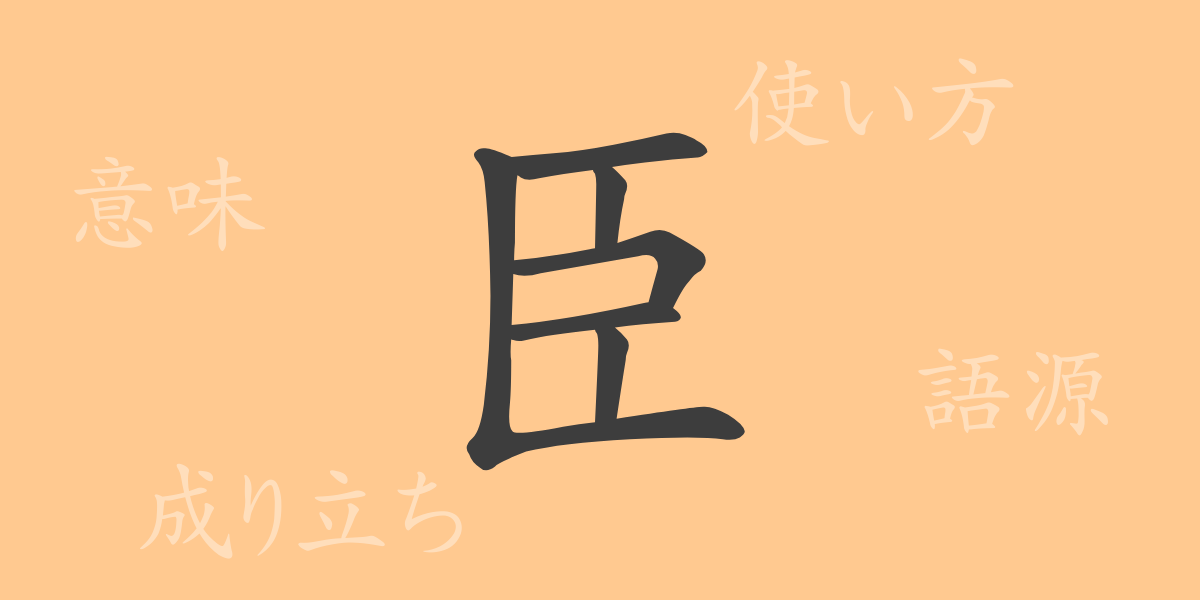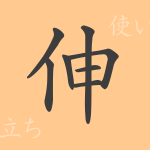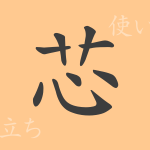Kanji, integral to Japanese culture, carries profound historical and cultural significance in its forms and meanings. This article focuses on the Kanji ‘臣’, exploring its etymology, contemporary usage, and related idioms and proverbs to unveil the rich tapestry this character contributes to the Japanese language.
Origins of 臣 (しん)
The Kanji ‘臣’ traces back to ancient China, where it originally denoted high-ranking officials serving under a king. As a pictograph, ‘臣’ began as a symbol representing a person, with a line indicating authority added, symbolizing a subordinate status. Over time, ‘臣’ evolved to embody those who serve leaders, reflecting its roots in feudal hierarchies.
Meaning and Usage of 臣
In modern Japanese, ‘臣’ typically refers to individuals who serve a lord or a superior. It is also respectfully used to denote others in formal contexts, particularly in historical or political discourse. This character is predominantly found in historical texts and documents, underscoring its enduring relevance.
Readings, Stroke Count, and Radical of 臣
The Kanji ‘臣’ is distinguished by its pronunciation and structural components:
- Readings: On’yomi ‘シン’, with no specific Kun’yomi
- Stroke Count: 7 strokes
- Radical: 臣部 (しんぶ)
Phrases, Idioms, and Proverbs Involving 臣
Numerous idioms and proverbs featuring ‘臣’ enrich the Japanese language. For example, ‘忠臣’ (ちゅうしん) signifies a loyal retainer, reflecting deep-seated values of loyalty and duty prevalent in Japanese culture. The term ‘臣腐れ’ (しんくされ), which originated as a metaphor for a loyal retainer abandoned by their lord, illustrates the complex interplay of fidelity and betrayal.
Conclusion on 臣
The Kanji ‘臣’ not only signifies its historical and contemporary usage but also embodies the depth and richness of the Japanese language. Retaining its value across ages, ‘臣’ serves as a symbol of the nuanced and intricate nature of Japanese linguistics and culture. Through this exploration, it is hoped that readers have gained a deeper understanding of the varied facets of ‘臣’.

























